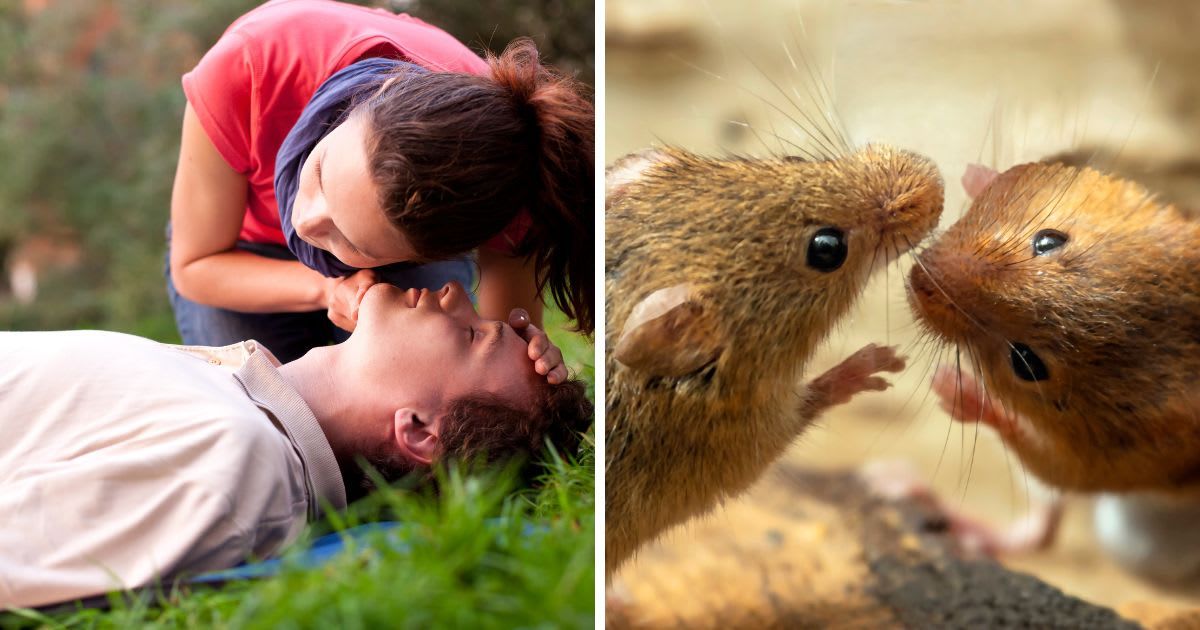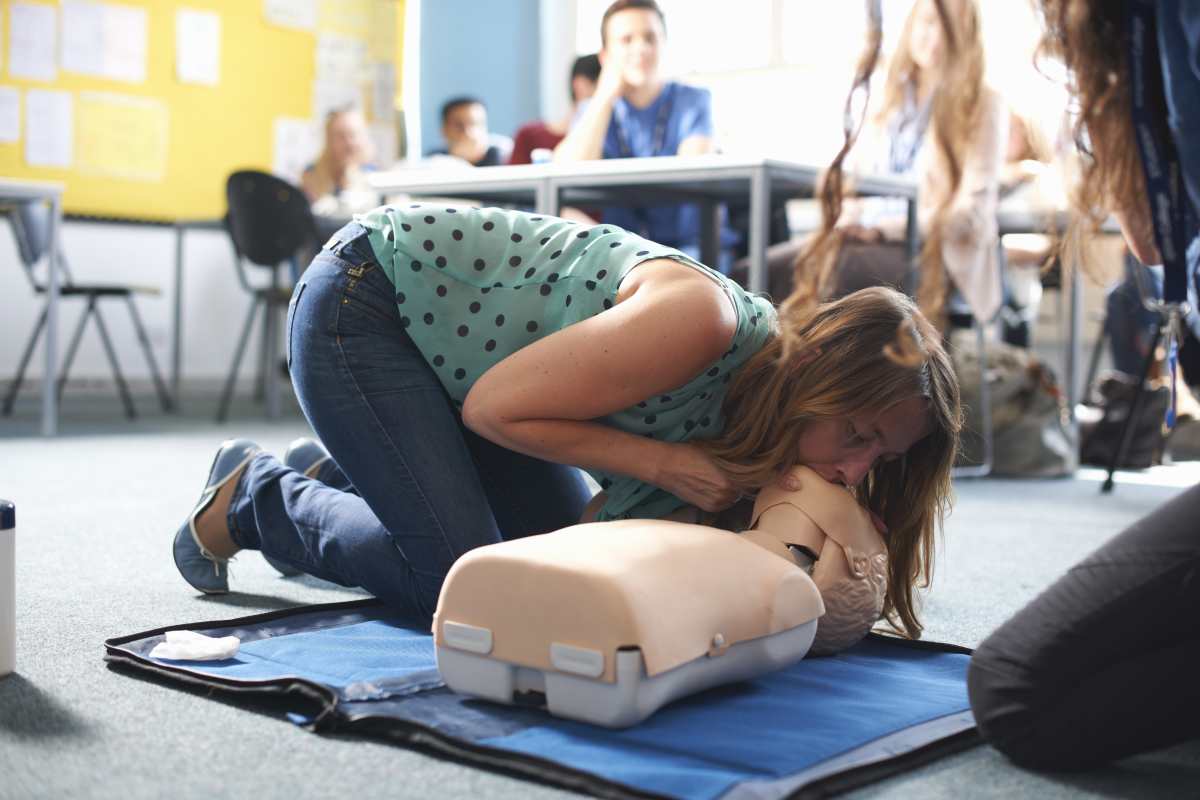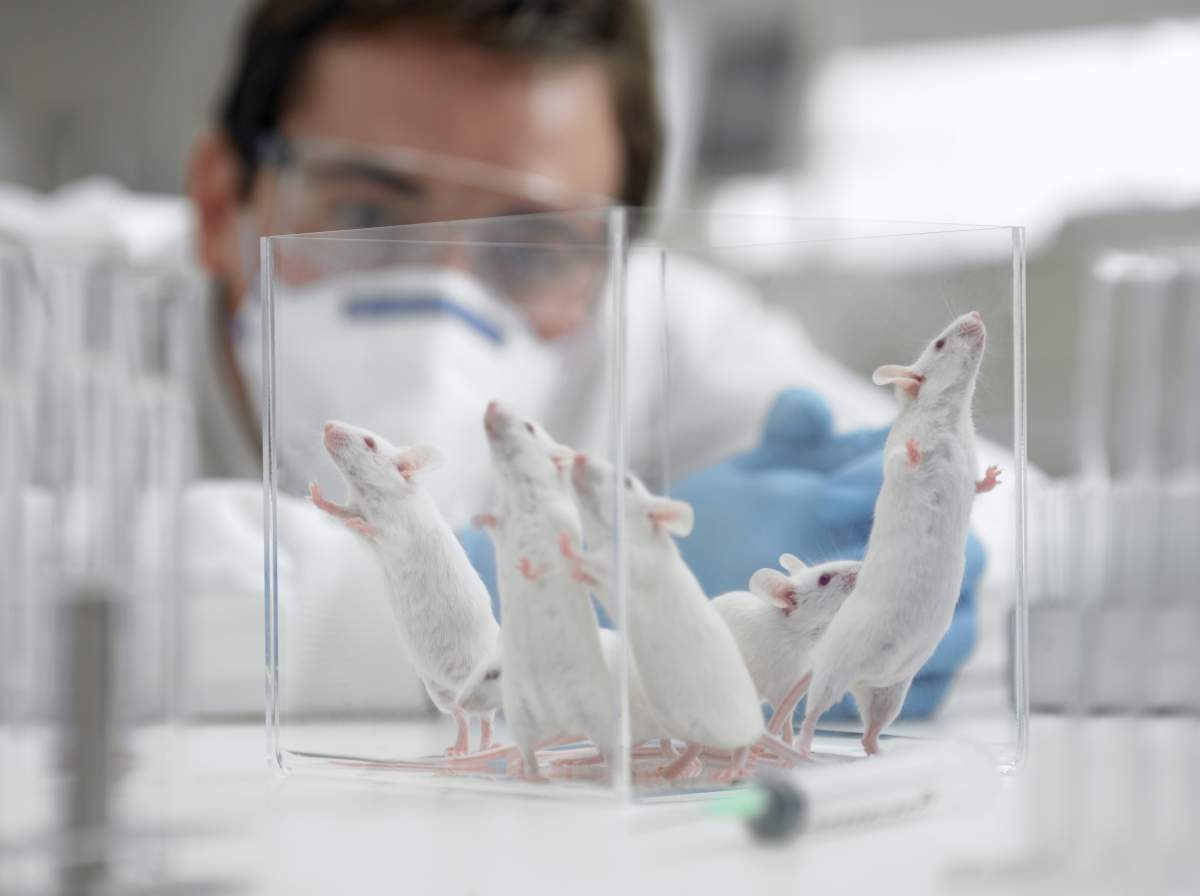Scientists capture mouse giving CPR to its unconscious pal – perfectly imitating the ‘first-aid’ response in humans

Mice and humans may be more similar than you think. In a new study, researchers were surprised to observe mice providing first aid to a fellow unconscious peer in an attempt to rescue it. Not only do they aggressively interact with the victim mouse, but they also exhibit behaviors that resemble mouth-to-mouth resuscitation in humans. A team of researchers from the University of Southern California (USC) was thrilled by the findings of their research study, as it had never been reported before. Even though such rescue behaviors are prevalent in larger animals like elephants, whales, and chimpanzees, it was the first time mice were found to exhibit rescues of conspecifics, according to the study published in the journal Science.

In a series of experiments, the researchers recorded the mice trying to rescue a companion that lay unconscious. They pawed the patients, licked them, and even pulled out their tongues to clear the airways to allow for breathing. “It all started from an accidental observation,” said Li Zhang, a systems neuroscientist at the Keck School of Medicine of USC. “This caught our attention because this hasn’t been reported before, how animals in general respond to unconscious conspecifics,” he added. To investigate further, the researchers designed experiments focusing on the mice’s rescue behaviors. They planted a mouse made unconscious by anesthesia and made observations of the interactions between other peers.

The experts found that the first mouse exhibited a set of behaviors towards its unresponsive partner. To begin the rescue operation, the mouse first sniffed the body of the victim and then groomed it. The rescuer even bit its mouth and pulled out the immobile mouse’s tongue. Additionally, the scientists put a ball in the mouth of the unresponsive mouse that the rescuers surprisingly managed to remove most of the time. By now, the team was confident about the rescue behaviors of mice that were previously unheard of. “We realized, ‘Wow, this is a revival,’” said Zhang.
However, there were certain limitations to the rescues. Not all mice tried to rescue an unresponsive peer, as it was mostly done by those who were familiar with the victim. Besides, female rescuers were more empathetic towards their conspecifics, even rescuing strangers, than males. The first-aid attempts were successful, but the team of researchers could not figure out whether the behaviors were intentional. In humans, most of the prosocial behaviors, like CPR resuscitation, are culturally based and are skills that are learned over time. The study explained that the first-aid behavior of mice was mostly innate since it ensured the better survival of their species.

Lead author Huizhong Tao, a professor of physiology and neuroscience at the Keck School of Medicine, USC, took a closer look at the brains of these mice. He found that the neurons in the hypothalamus that release oxytocin play an integral role in the execution of these rescue behaviors. Another study published in the same journal revealed that the medial amygdala also plays a part in the recognition of the unconscious mouse.